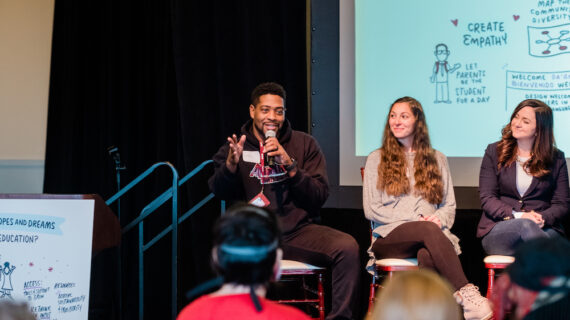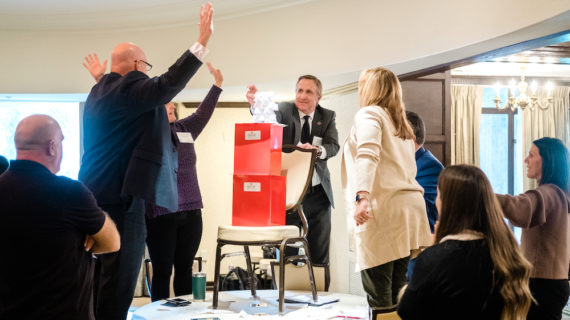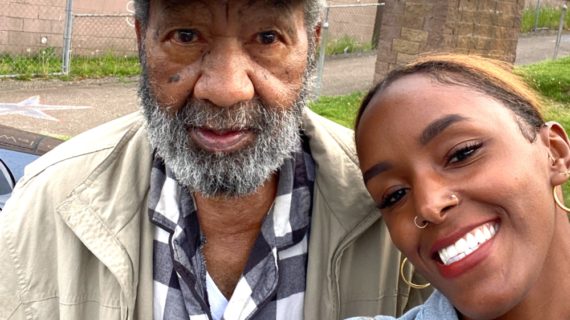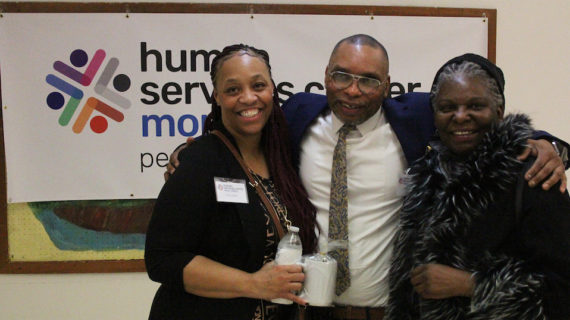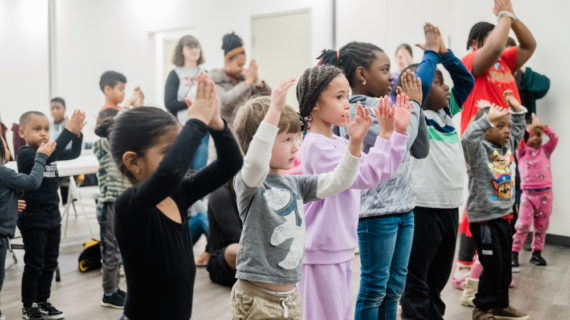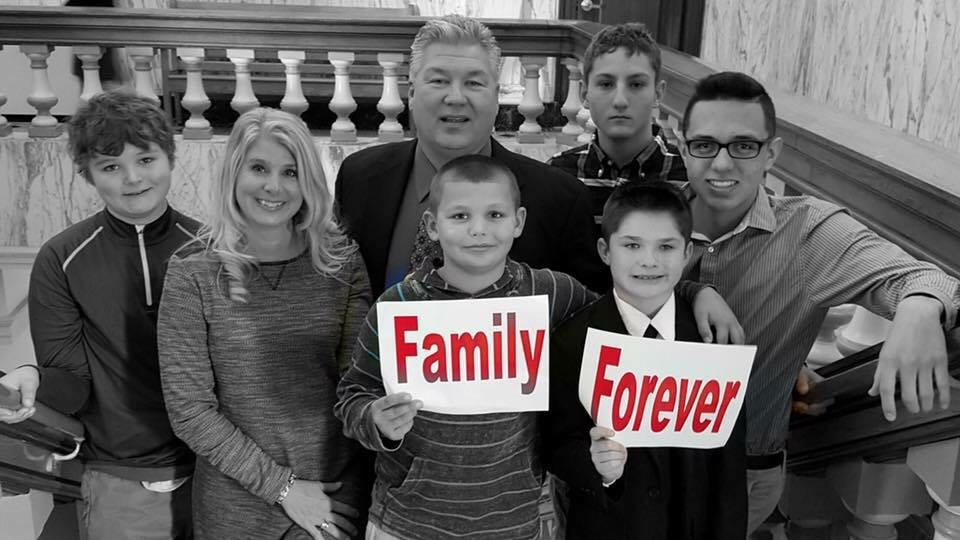
What’s it like to be a foster parent? Adoption Connection shares the details.
If you’ve ever considered welcoming a foster child into your home, Robin Thompson might be the very best person to ask for advice. She has been the executive director of Adoption Connection PA since 2014. And over the past two decades, she and her husband have parented 20 children through the foster care system.
Kidsburgh recently sat down with Thompson and her team at Adoption Connection to ask: What’s it really like to be a foster parent, and how might Kidsburgh readers explore the possibility of fostering a child?
There is a huge need for foster parents — not just within Allegheny County, but in Pennsylvania and the U.S. as a whole. “On any given day,” Thompson says, “there are about 15,000 kiddos in the system in PA. So it’s a lot of kids to place.”
What is the fostering experience like, and do they usually lead to adoption?
Not surprisingly, Thompson tells us no two foster care experiences are quite the same.
“Each kid comes with something different,” she says. “So you’re parenting according to that child and the trauma that they bring to the table.”
In some cases, the foster parents are hoping to adopt the child they are fostering. About 60 to 65% of the kids placed in foster families through Adoption Connection end up being adopted by their foster parents. But many do return to their birth families.
Birth families are given 15 months to reach the goals they’ve been given in a “family service plan” in order to have their child returned to them. If those goals aren’t met within 15 months, “we will ask their foster parents if they would be willing to provide permanency,” Thompson says. “So adoption doesn’t really happen until almost two years into the case.”
For many foster parents, returning a child to their birth parents can be a bittersweet experience. It’s incredibly rewarding to know you’ve given unconditional love to a child experiencing a time of crisis. And yet, it’s hard to say goodbye after several months or a year of loving and raising a child.
“It’s not easy and you can’t prepare your family or yourself,” Thompson says. “There are those kids that come and go, and you’re gonna sit in the corner of your room and you’re gonna cry the night before they leave. But you need to be all in. You will never regret the investment that you put into that child — the love, the compassion, the watching them grow and feeling the trauma that they endured. It is worth every tear.”
Some people look into fostering and then decide that it could be too painful. What if they get attached to a child, and then the child’s birth parents do meet the requirements of their family service plan and the child returns to them?
Thompson’s response is this: “That’s just what we want you to do. You might be the only person that child feels unconditional love from. So why wouldn’t we want to let our hearts break just a little bit?
“You get more from these children than they ever get from you. You just do. They teach you a lot about yourself. They give you a lot of patience. You just see the world through different eyes. I take away, always, much more from them than I think they probably do from us.”
Do most foster parents already have kids?
Each household is different. Foster parents “can be a two-parent home, a one-parent home, a same-sex couple, and home with siblings or a home with no siblings,” Thompson says.
When foster parents do have their own adopted or biological children, it can sometimes be complicated. But it can also be a really wonderful experience for all of the kids in a home.
“The number one reason placements don’t work out is when the birth children and the foster child don’t get along,” Robin says. “Our fifth one came to us nine years ago. … He was a tough kid. He was 7 going on 30, and he came in with a lot of behaviors, a lot of trauma.”
Within days, Thompson’s other four sons (two biological, two adopted) were really frustrated. They wanted this new visitor to leave.
“He has all these issues and all these problems, and it could have been very easy for us to say, ‘OK,’ because it was causing a lot of upset in our family. But we weren’t going to give in,” she says. “I told them that God put this child in our home for a reason and that we needed to work together as a team and that God wanted us to show him what is acceptable and what isn’t acceptable.”
It took six or seven months of boundary-setting and a whole lot of committed parenting, and frustration among all the kids, before things began to slowly improve. Thompson and her husband were able to teach this child what was acceptable behavior in their home and help him process some of the traumatic experiences he’d had.
“By the time 15 months came,” she says, “he wasn’t going back home. And I went back to my kids and asked, ‘What are we doing?’ And they said, ‘Well, he’s our brother. Of course he’s staying.'”
So Thompson encourages foster families: Don’t give up when difficult days happen.
“Eventually, with a lot of stability and structure, these kids can learn what is acceptable in a home,” she says. “I really think that my five kids are better people because they had kids coming in and out of their lives all the time of all different races and genders.”
How can you learn more about becoming a foster parent?
Potential foster parents are welcome to reach out to Adoption Connection to schedule an information meeting. They can walk you through an overview of how the process would work for you and what kinds of paperwork are necessary. They work with families who are interested in eventually adopting and also those who are looking purely to foster.
Adoption Connection also welcomes families who want to volunteer at their events or to help with their Community Foster Care Closet. Get details here.
